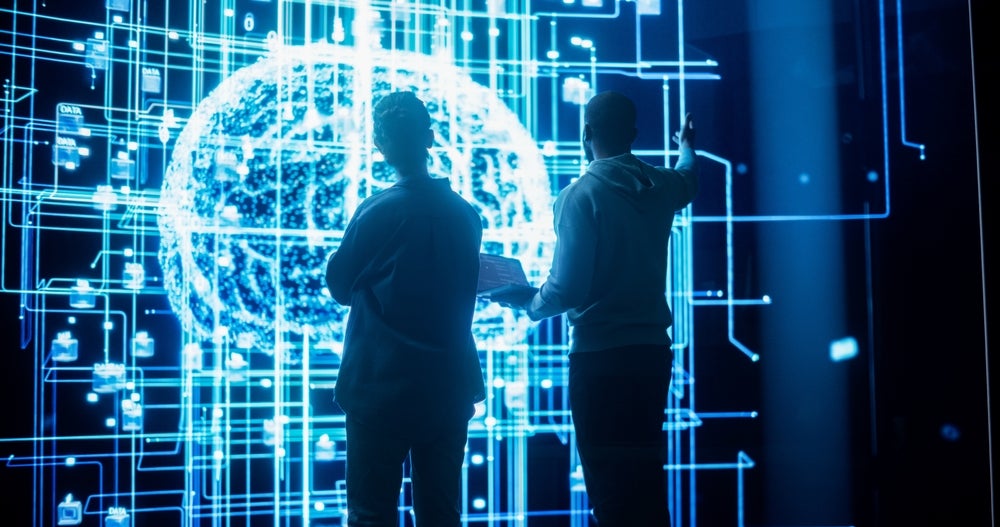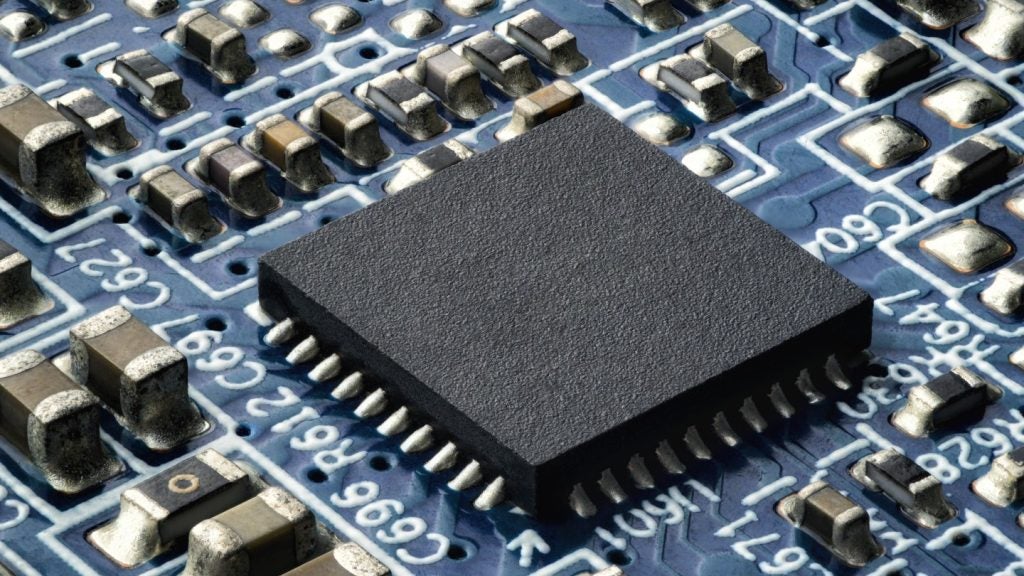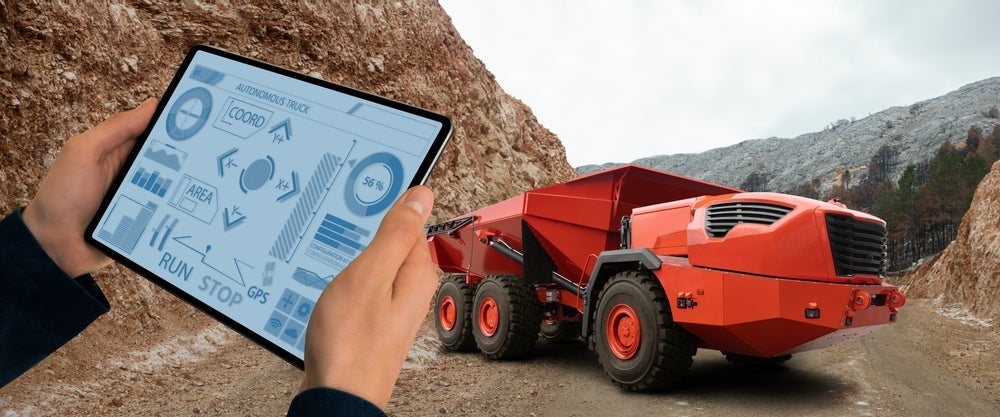TomTom has been granted a patent for a method and system that uses cameras in vehicles to determine the geographical location and orientation of the vehicle within a road network. The method involves obtaining a sequence of images reflecting the environment of the road network, generating a local map representation using these images, comparing it with a reference map, and determining the vehicle’s location and orientation. The patent also covers methods for generating and updating electronic maps using data obtained from vehicles. GlobalData’s report on TomTom gives a 360-degree view of the company including its patenting strategy. Buy the report here.
According to GlobalData’s company profile on TomTom, AV localization algorithms was a key innovation area identified from patents. TomTom's grant share as of September 2023 was 33%. Grant share is based on the ratio of number of grants to total number of patents.
Method and system for determining vehicle location and orientation


A recently granted patent (Publication Number: US11761790B2) describes a method for generating a local map representation of a road network using images captured by cameras on a vehicle. The method involves obtaining a sequence of images from the cameras, each with an associated camera location. These images are then used to generate a local map representation of the area the vehicle is traveling through by aggregating multiple images together.
The generated local map representation is compared with a section of a reference map to identify any errors. If errors are found, the local map representation or data indicating it can be sent to a remote server for updating the reference map section or generating a new one.
The images are processed to perform segmentation, allocating a probability value to each pixel to determine if it represents a lane marking. A road image is then generated based on these probability values, representing the area of the road network the vehicle is traveling within. The road image is further processed to detect and classify lane marking objects, which represent lane markings on the roads depicted in the image. These lane marking objects are used to determine the location and geometry of the lane markings.
The method also includes the detection of landmark objects within the images, representing landmarks in the environment of the road network. Transformations are applied to map these landmark objects from one image to adjacent images in the sequence. Three-dimensional representations of the landmark objects are generated, and corresponding representations from different images are used to determine the landmark's position and orientation in the environment.
The patent also mentions the generation of a lane marking observation for inclusion in the local map representation using the detected lane marking objects. Additionally, the method can determine the geographical location and orientation of the vehicle within the road network based on the comparison between the local map representation and the reference map section.
Overall, this patented method provides a comprehensive approach to generating a local map representation of a road network using images captured by vehicle cameras. It enables the detection and classification of lane markings and landmarks, as well as the identification and correction of errors in the reference map section.
To know more about GlobalData’s detailed insights on TomTom, buy the report here.
Data Insights
From

The gold standard of business intelligence.
Blending expert knowledge with cutting-edge technology, GlobalData’s unrivalled proprietary data will enable you to decode what’s happening in your market. You can make better informed decisions and gain a future-proof advantage over your competitors.







